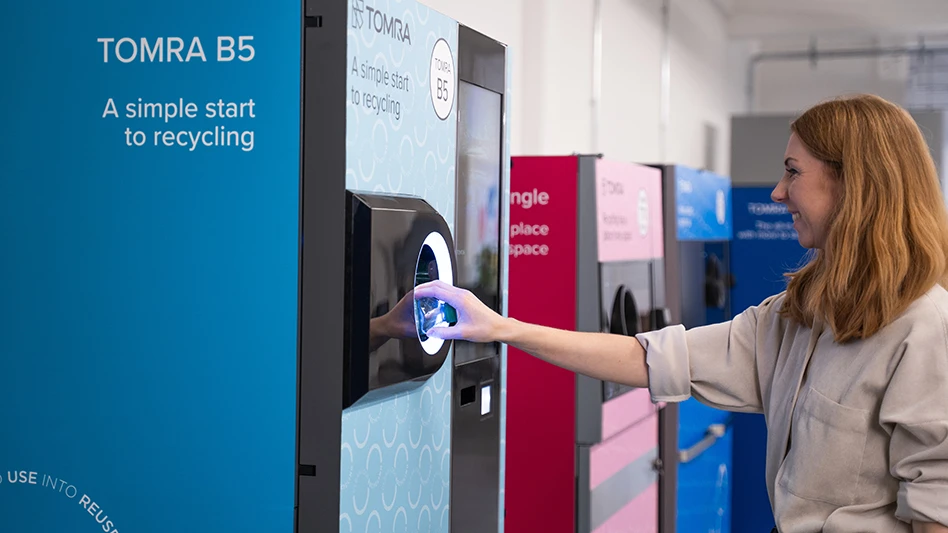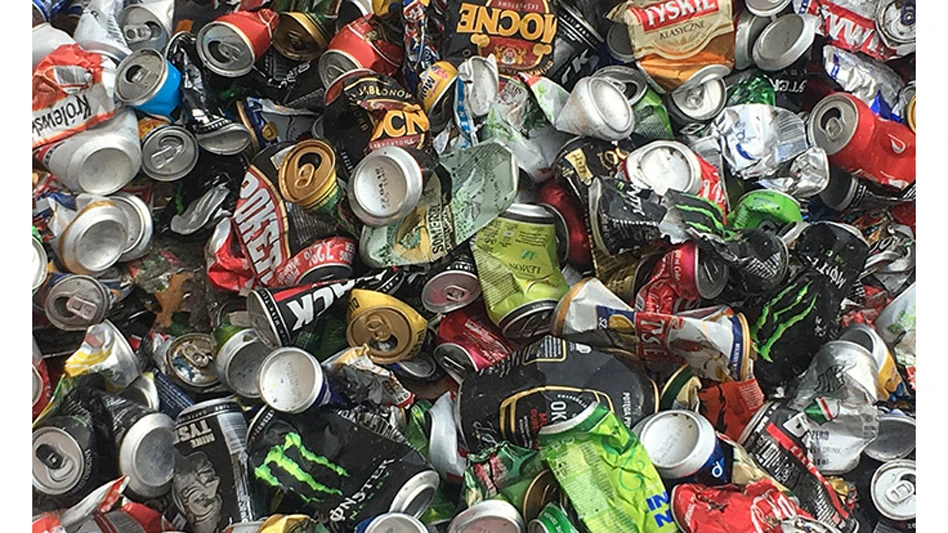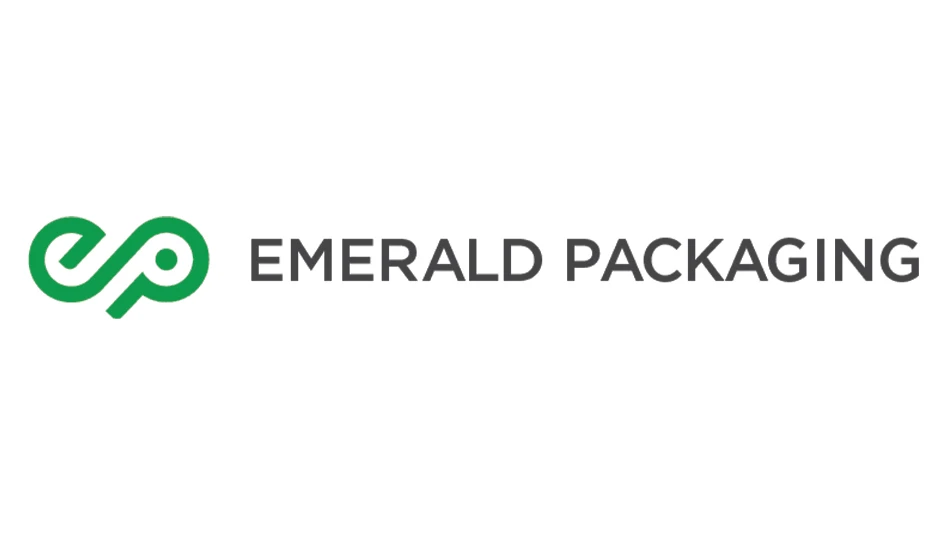
Producers and recyclers of paper packaging have seen their volumes rebound from the global financial crisis of 2008 and 2009. According to presenters at the 2016 Paper Recycling Conference Europe, held in Rotterdam in early November, no such rebound is taking place in the graphic papers segment.
Bill Moore of United States-based Moore & Associates said the financial crisis hit the European paper industry hard, as portrayed by data collected by the Confederation of European Paper Industries (CEPI). Those figures show annual paper and board packaging production is still down 7.5% in the CEPI region compared with its 2008 peak, but that decline pales compared to a 28% drop in graphic papers and 36% drop in newsprint production.
The woeful state of the newspaper industry globally has continued into the middle of this decade. In 2015, newsprint production fell 7.8% in Europe compared to the year before while production in China fell 9.2% and in the United States it dropped 13.7%.
Moore said it thus is not surprising that the old newspapers (ONP) grade of recovered fibre is “a supply-short grade.” However, demand for ONP remains strong globally from consuming mills in Asia and around the world.
Marc Ehrlich of Switzerland based Vipa Group said his company will cross the 1 million tonnes threshold for recovered fibre traded for the first time in 2016, but these gains are occurring despite the diminishing print sector.
Ehrlich said in the past two decades once common grades such as envelope shavings and printers’ rolls have virtually disappeared. He said of the recycling trade for these items, “This will not come back in the future and we have to get used to it.”
Auke Visser of the Brussels-based European Magazine Media Association (EMMA) said surveys conducted in Western Europe in 2010 and 2015 demonstrate the shift away from print media. Respondents indicated the average time they spend obtaining news online has grown by 105% in that five-year span while time spent with magazines is down 23% and time with newspapers is down by 31%.
Visser did point to a few print success stories, including a Dutch lifestyle magazine startup that has quickly attracted 230,000 print subscribers. But he says EMMA’s member companies, who combined issue some 50,000 publications, know that with smartphone browsing growing in popularity, “the future is mobile.”
The 2016 Paper and Plastics Recycling Conferences Europe were 2-3 November at the Hilton Rotterdam in the Netherlands.
Latest from Recycling Today
- ReMA urges open intra-North American scrap trade
- Axium awarded by regional organization
- China to introduce steel export quotas
- Thyssenkrupp idles capacity in Europe
- Phoenix Technologies closes Ohio rPET facility
- EPA selects 2 governments in Pennsylvania to receive recycling, waste grants
- NWRA Florida Chapter announces 2025 Legislative Champion Awards
- Goldman Sachs Research: Copper prices to decline in 2026





